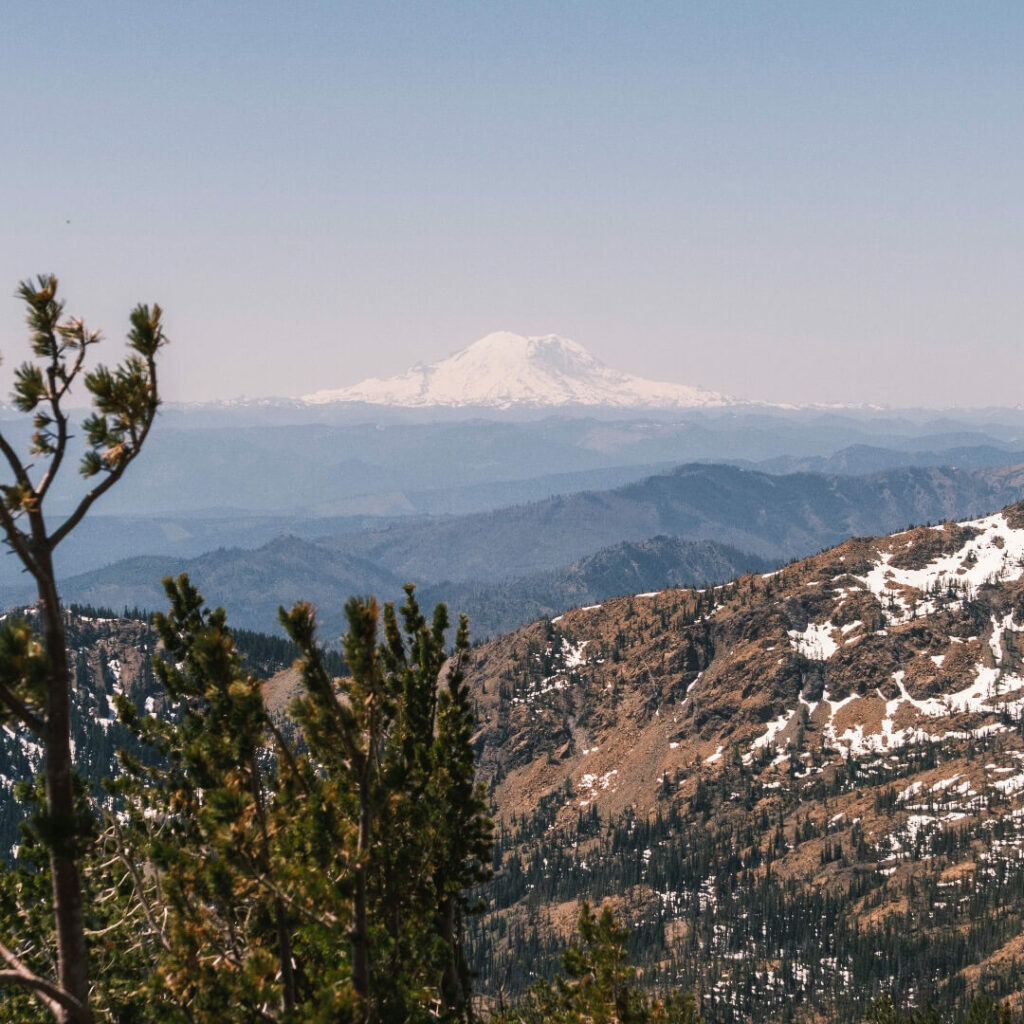Facing teen suicide, drug and alcohol abuse, domestic violence, and homelessness in their community, Bobbi Jean Three Legs, Joseph White Eyes, Jasilyn Charger, and several other Native youth went out on a 500-mile relay run in 2016 that changed the world. From Sacred Stone Camp on the Standing Rock Sioux Reservation to the Army Corps of Engineers office in Omaha, Nebraska, they ran to stop the Dakota Access Pipeline from crossing the Missouri River. The relay reframed everything and represented their determination to both heal and help. Exercising sovereignty to protect the river, their endangered relative, these Water Protectors led the largest Indigenous uprising in recent history. Over 10,000 people from hundreds of Native nations and groups as diverse as Black Lives Matter, local ranchers, urban environmentalists, and Vietnam veterans would join them, while hundreds of thousands beyond North America demonstrated their solidarity.
Standing Rock is a standing inspiration for Runners for Public Lands (RPL), the runner-led 501(c)(3) nonprofit environmental organization I founded in 2019 with a vision to build inclusive running communities across the country dedicated to protecting the environment. While we love running and the lands we run, we’re committed to learning more about the human and natural communities connected to these places, and how best to respect and support them. Since 2019 many RPL leaders and members have taught me a lot about trail running, public lands in terms of our shared belonging and responsibilities, and environmental activism. Below are some of the lessons I’ve learned.

- Trail running is a fun way to reconnect with our bodies and nature. The chaparral, herbaceous as usual, was especially fragrant one day; and thus brushing by, so was I. Warming up on a bank of sunbaked stone after stepping through a snowmelt stream, I realized that trail running is a contact sport. That’s why it feels so grounding. Exposed to the sun and stars, winds and clouds, lakes and rivers, rocks and minerals, and flora and fauna, we’re automatically back in our bodies with a deeper sense of place. Flow on trails is about body, mind, space, and time in contact, however easy the effort, steady the pace, or hard the grind. Regrets about the past and worries about the future are momentarily suspended, and we can celebrate life.
- Trail running is a practical way to reimagine and re-create our relationship with the natural world. When we run trails with a diverse community, we start to see what others see and feel what others feel – a sacred place, a stolen one; a thriving place, a threatened one; a beautiful place, a burned-out one; a recreational place; a seemingly inaccessible one. We learn long-discounted ecological and stewardship perspectives and reimagine collective ways of living that don’t disproportionately harm disadvantaged communities. And, ways that don’t destroy and deprive us of the very environmental conditions that make trails worth running and life worth living for everyone.
- Building diverse trail-running communities takes intention, self-reflection, and both humility and courage at the same time. The broad-daylight murder of George Floyd by Derek Chauvin brought forward anti-chauvinism across the United States. Trail runners stepped up their efforts against any attitude of supremacy (i.e., chauvinism, including but beyond its sexist version) toward any members of any group to which one belongs. Just welcoming everyone to our groups, a great start, isn’t creating the world we desire. Proactively dismantling any preferential treatment for some members – based on race, class, gender, sexuality, ability, and age – over others, in any group, is the new standard.
- Our trail-running communities belong to more encompassing environmental communities. My new favorite trail run is California’s eastern Limuw traverse (also known as the eastern Santa Cruz Island traverse), a route with bright blue scrub jays flying overhead and miniature rust-colored foxes running alongside. From the wetlands of Prisoners Harbor, the path travels across hills of marvelous chaparral and valleys of marine layer. Up the rugged quasi-alpine mountain ridge to El Montañon Peak, and down through Bishop and Island Pine woodlands to Potato Harbor’s blue-green waters, the route finally skirts the edge of a grassland plateau, peers down craggy cliffs to sea caves below, and arrives at Scorpion Beach and its teeming kelp forests just offshore. Even when we go out on a run alone, we’re never really alone; it’s always a “community” run. We bring an illuminating perspective to environmental activism as trail runners when we expand our understanding of community to include more-than-human members like mountains and meadows, and flora and fauna – when we resist compartmentalizing the environment. Our fate and the fate of nature are shared. It’s all about solidarity.
- A big challenge: seeing ourselves both individually and collectively as powerful protectors of the environment and realizing our potential. Industrial air and water pollution, logging and mining, oil and gas production, agriculture, development, and transportation – environmental problems are complex, good people are divided, and political solutions are hard-won (and reversible). And sometimes, who even knows how various municipal, county, state, and federal agencies and policies apply? There’s no easy way out, there’s no shortcut home. But protecting the environment with fellow trail runners, friends, and collaborators can make it meaningful and fun, and we rebuild democracy in the process.
- The work to protect the environment involves making demands and joining a fight. As Frederick Douglass put it, “Power concedes nothing without a demand. It never did and it never will.” We fight reckless corporate practices and irresponsible government policies that continue to jeopardize the natural world, including human beings. The damage slowly kills (sometimes death is quick), and exacerbates hardships for, many. Trail work with the knowledge and appreciation of trails as habitats, and social runs, races, and community events can be pathways to advocacy. Runners are mobilizing for this hands-on environmental stewardship, and organizing around climate action and the protection of public lands (e.g., we’re fighting oil and gas production in these places).
- Becoming a member of Runners for Public Lands (RPL) and getting involved with a local environmental organization that shares RPL’s values is a good way to start. RPL inspires, educates, mobilizes, and organizes runners to take action on the most relevant and important policies related to climate change, public lands, and outdoor recreation; and supports local runners in adding environmental activism to the life of their running groups. But we’re not everywhere, yet. Researching regional environmental organizations and getting involved in their work as a volunteer is the best way for trail runners to learn about such activism. Learn by doing, and join us in building a Runners for Public Lands community where you live and run.
- Equitable access to nature is an urgent, strategic, and nationwide issue for trail runners to pursue, and a way to further diversify our sport. Everyone should have access to safe, nearby, and healthy natural landscapes and urban paths for recreation. We know how much this improves our quality of life, our physical and mental health. We also know how being together in these places strengthens community bonds. Many don’t have such access, and that’s unacceptable. Indigenous communities, communities of color, and low-income communities often lack safe access to public lands and parks, and open and green spaces; and many feel unwelcome and intimidated in these places. These communities disproportionately suffered both hospitalization and death during the pandemic, due to public-health-related, environmental injustices and disparities.
- The awe and wonder we feel running trails are very important motivators. Trail runner environmental activists are driven by a sense of moral duty (doing what’s right), consideration of consequences (maximizing future goods, minimizing future bads), and empathy for animals. But there’s also power in the beauty and wonder we experience – think of the grandeur of the thickest of old-growth forests or the grace of the slightest of meandering creeks – and the grief and anger we feel at the loss of these experiences. Our desire to experience this beauty and wonder long into the future, and for others including future generations to experience these same feelings are very important motivators for environmental activism. We’re not just fighting for a sustainable world, we’re fighting for a desirable one.
- Environmental activism is a healthy part of trail runners’ lives, a way of healing ourselves and developing wholeness. The Native youth runners who launched the Standing Rock movement used the practices of anti-pipeline activism (first against the Keystone XL Pipeline, then against the Dakota Access Pipeline) to both structure their lives and support their community, find a sense of purpose, and fight capitalist and other forces that threatened both them and us as a path to healing and wholeness. Many trail runners are doing the same. Our personal well-being depends on addressing threats to our collective social and ecological well-being, which is what environmental problems are.
Speaking of threats, I loved how co-founders Killian Jornet and Francesco Puppi – at the recent first general assembly of the Pro Trail Runners Association (PTRA) – gently couched theirs. Jornet’s remarks were exquisite in their simplicity: “We’re not planning to strike, but now we can if we need to.” Puppi’s a beautiful reiteration, violent-sounding but non-violent: “The power to strike is our ultimate weapon, one that we hope we will never have to use.” With the exponential growth of our sport, the potential to organize millions of trail runners around protecting the environment is an exciting prospect. Our collective power is our ultimate weapon, one we definitely plan to use.
